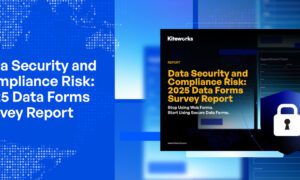Your computer vision API has users in Nigeria, that AI Girlfriend app is absolutely crushing it in Japan, and the platform even got featured on Product Hunt. Then one fateful day, your Stripe account gets flagged simply because someone in a restricted region tried paying for your premium tier.
This shows a blind spot in most AI platforms today: payment not being global by design. Currency conversion reductions, chargebacks, and nightmarish regional banking restrictions. Meanwhile, a chunk of your more-savvy users are sitting here wondering why you don’t just allow stablecoin pay with something like USDC.
But is it really the magical solution for universal payment system needs? Actually, yes! With stablecoin adoption accelerating and Layer 2 networks making transactions cost pennies, crypto isn’t just an alternative payment method.
We dare even say that it can be a superior one.
Selection Pointers That Won’t Sink Your Startup
Before anything else, we should put a basic disclaimer first that not all crypto gateways are the same. They are made for physical goods, not SaaS platforms with carefully curated pricing models. That being said, if we are to even take the first step towards achieving it, aiming for the “holy trinity” of stablecoins is a good start: USDT, USDC, and DAI. These provide the price stability that both you and your customers need. Sure, volatile assets like Bitcoin might appeal to some users. But when you’re charging $49/month for API access, those 10% price swings are going to get ugly real quick.
After choosing the right stablecoin, you then need clean APIs that handle subscription payments, usage-based billing, and pay-per-call models. Think about it. Customers typically burn through thousands of API request in just a single day, before possibly leaving you with no interaction for weeks. The gateway needs to handle such integration complexity as graceful as it can.
Next, because Low-fee Layer 2 support is non-negotiable in 2025, Arbitrum, Optimism, and Polygon have become the backbone of affordable crypto payments. If your gateway doesn’t support these networks, that is practically money left on the table. A $5 payment with $15 in Ethereum mainnet fees just makes no sense for anyone.
Lastly, you need minimal KYC friction. AI developers are building globally and moving fast. Do you think they would wait for three weeks just for account approval? Or worse, submit corporate documentation just to start accepting payments? The best gateways verify transactions on-chain without requiring traditional identity verification for smaller amounts.
Which Should You Expect to Actually Work?
With those pointers in mind, here’s what actually works in practice. Testing these platforms reveals that the reality is messier than any marketing page suggests. Take note, each gateway makes different trade-offs between cost, features, and complexity. As with most “best” lists, there’s no universal choice, just “better” fits for specific situations.
NOWPayments stands out in the crowded gateway space by supporting over 300 cryptocurrencies without requiring KYC verification, which is a huge win for AI platforms targeting global markets. At just 0.5% transaction fees, it’s one of the most cost-effective options available, though the trade-off is less hand-holding than enterprise providers offer. The non-custodial model means payments flow directly to your wallet, which sounds great until you realize you’re responsible for your own security and backup procedures. Their mass payout feature has become popular with AI platforms paying distributed teams of data labelers and model trainers, but expect some learning curve on the API integration.
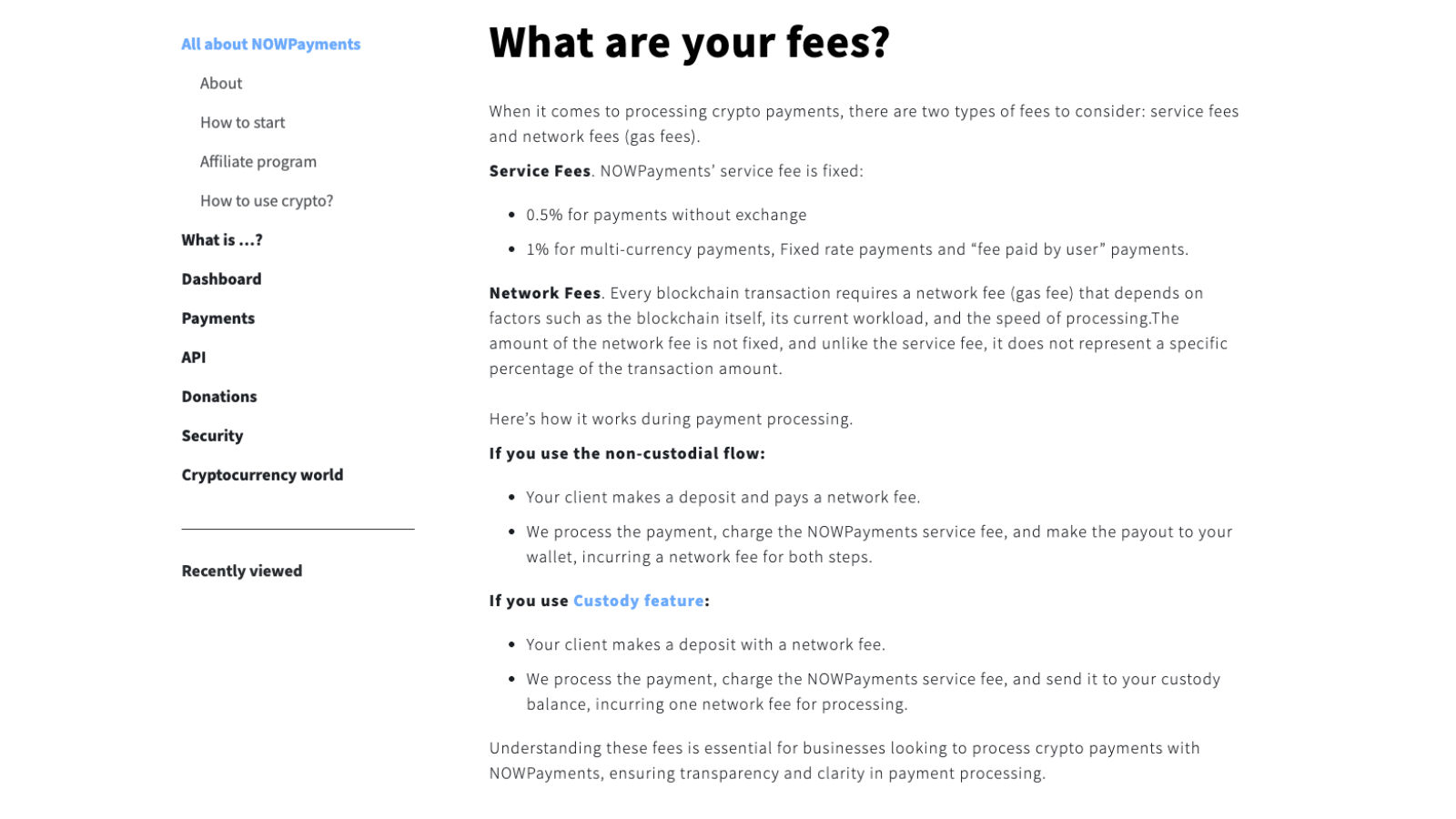
Coinbase Commerce brings enterprise-grade reliability that justifies its 1% fee for platforms handling serious transaction volumes. The infrastructure rarely hiccups during traffic spikes. Probably something that matters a lot when your AI demo goes viral on Twitter. Direct wallet integration and automatic USDC conversion eliminate most volatility concerns, though you’re locked into the Coinbase ecosystem. The brand recognition genuinely helps with enterprise sales, but smaller platforms might find the setup process overly corporate. Volume discounts exist but require significant monthly processing to qualify.
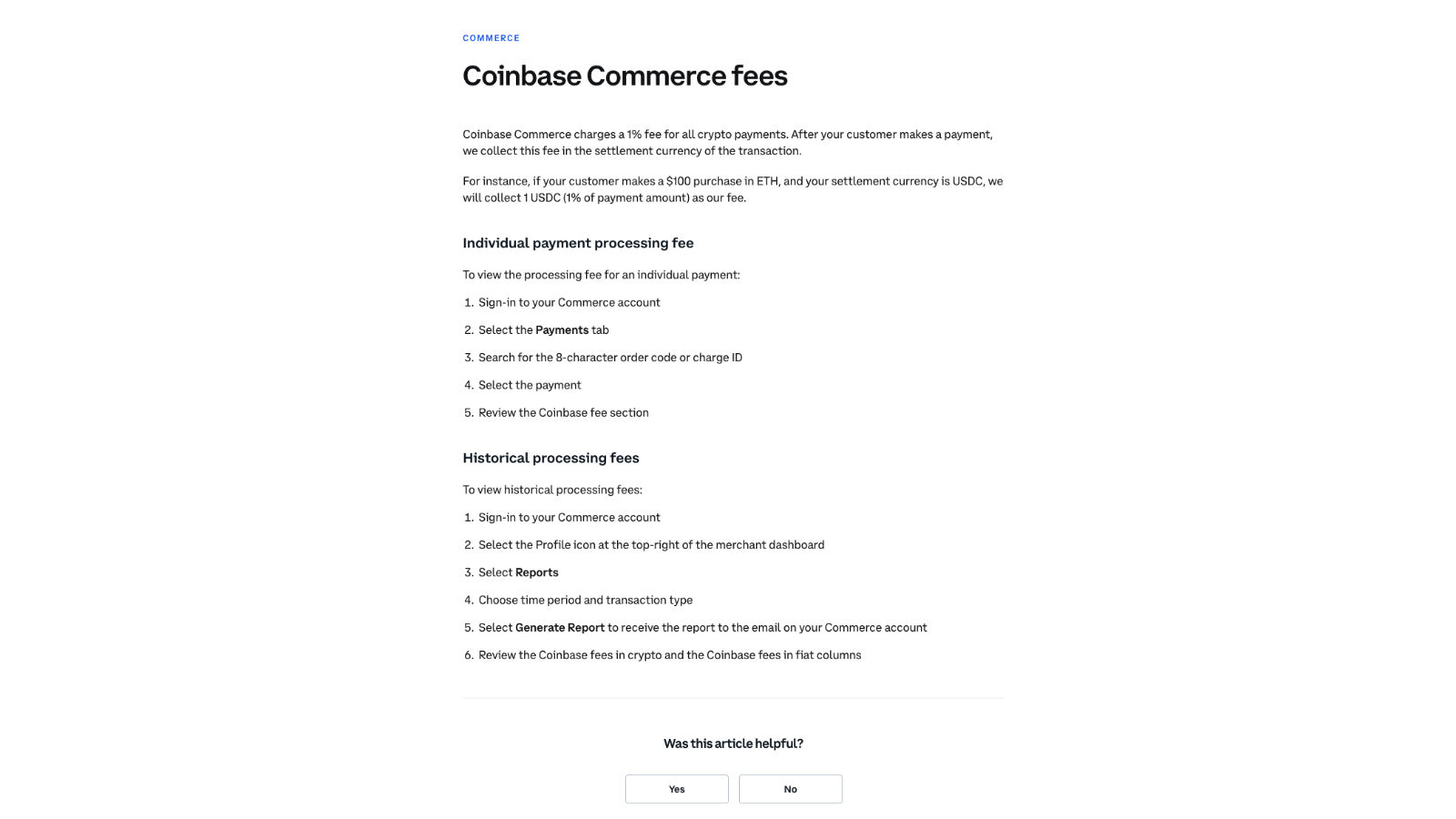
BitPay remains the veteran choice for platforms prioritizing Bitcoin adoption, though their focus feels increasingly narrow as stablecoins dominate AI payments. Their volume-based pricing starting at 1% can become competitive for larger platforms, but smaller operations often find better value elsewhere. The fraud protection is genuinely robust for subscription businesses, and settlement in local fiat currencies appeals to traditional accounting departments. However, their crypto selection lags behind newer competitors, and the interface feels dated compared to modern alternatives.
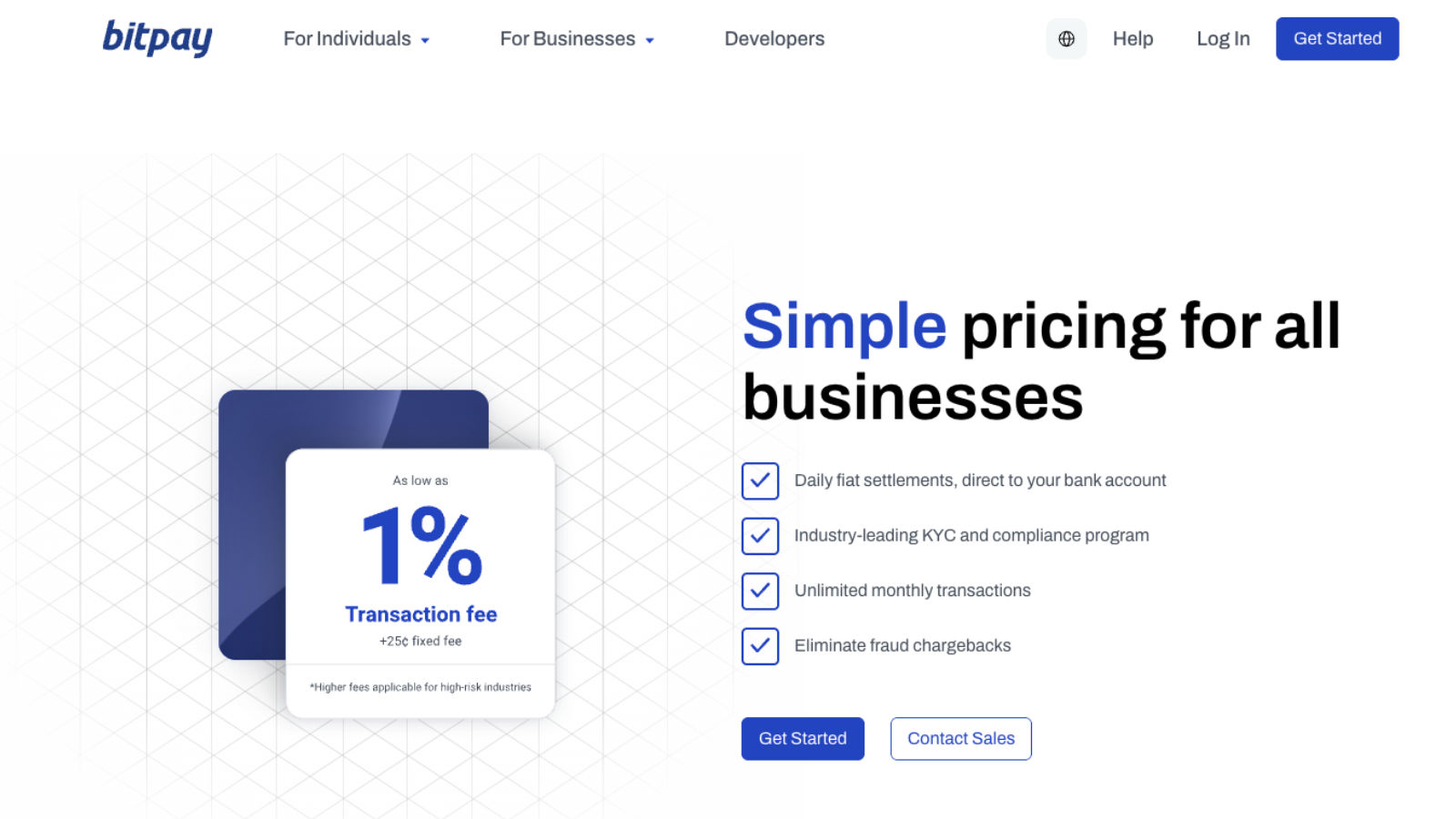
OpenNode carves out a unique niche with its Lightning Network integration. This is perfect for AI platforms doing micro-billing or pay-per-inference models. Lightning transactions settle in seconds with negligible fees, making it viable to charge users per API call rather than monthly subscriptions. The 1% fee on standard Bitcoin transactions isn’t spectacular, but Lightning fees are minimal. The downside? You’re essentially betting on Bitcoin-only adoption, which limits your user base compared to multi-crypto gateways. Their API documentation is solid but assumes more Bitcoin knowledge than many developers possess.
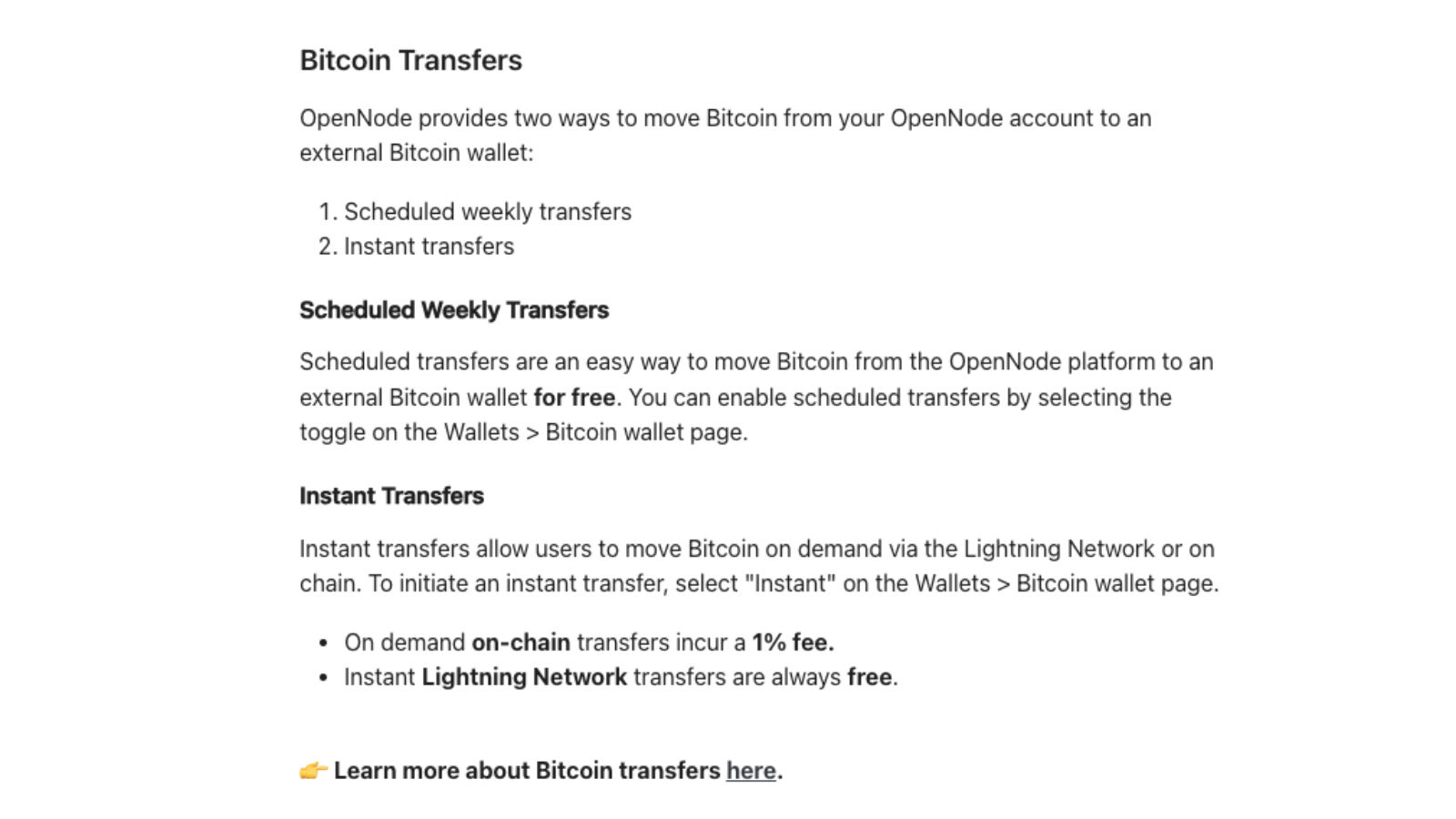
TripleA operates as the compliance-heavy option, with licensing across 173 countries that reduces regulatory headaches for enterprise AI sales. Their Singapore MAS licensing particularly appeals to Web3 companies building in Asia. The trade-off for all this regulatory coverage is custom pricing that’s rarely competitive for smaller platforms (a white label solution), and an approval process that can stretch weeks. They excel when dealing with large enterprise contracts where legal departments demand regulatory clarity, but indie developers will find the overhead excessive for their needs.
CoinsPaid rounds out the options with some of the lowest fees in the market and an impressive 99.99% uptime that actually holds up under scrutiny. Their EU licensing provides regulatory comfort, while supporting 20+ cryptocurrencies and covers most use cases without NOWPayments’ overwhelming selection. The biggest caveat is that they’re relatively new compared to established players, and their feature set remains basic compared to enterprise-focused competitors. For platforms prioritizing cost efficiency over advanced features, they’re worth serious consideration.

Web3-Native Payment Innovations
The story doesn’t end with just the typical options, though. Two emerging protocols are reshaping how AI platforms think about payments and access control:
- Unlock Protocol enables token-gated access to AI models and datasets. Instead of traditional subscriptions, users purchase NFT memberships that grant access to specific AI capabilities. The protocol’s “Bring Your Own NFT” feature lets you gate access based on any existing NFT collection. Think of it as offering premium API access to Bored Ape holders.
- Superfluid Protocol takes a different approach with streaming payments. Instead of monthly subscriptions, money flows to your wallet by the second based on actual usage. A customer running inference jobs pays continuously while active, and then payments automatically stop when they’re not using resources.
Both protocols represent crypto-native business models that simply aren’t possible with traditional payment rails. For example, imagine automatically charging users $0.001 per API inference through Superfluid streams, or granting exclusive model access to holders of your community NFTs through Unlock gates. Something along those lines.
The Obligatory Regulatory Explanatory
Crypto payments aren’t a regulatory wild west, but let this be a friendly reminder that the landscape varies significantly by jurisdiction. In the EU, for instance, the Markets in Crypto-Assets (MiCA) regulation now requires Crypto Asset Service Providers (CASPs) to obtain licenses. Most gateway providers handle compliance for you, but understanding your obligations matters.
Also, stablecoin volatility isn’t exactly something that would never happen ever. The March 2023 USDC depeg reminded everyone that “stable” is relative. Tax implications differ dramatically by region as well. As such, crypto payments trigger capital gains calculations in the US, while other jurisdictions treat them as barter transactions.
Next Level Unlocked: The Payment Evolution?
AI-crypto payment is such a perfect match in terms of concept. Not just due to the energy requirements thingy, but because of the changes that happened in both commercial and digital information spaces over just the last five years. Yes, this means smart contract metering killing those crappy monthly estimate models. This would then immediately roll over to paying per token for what exactly you consume.
On the NFT side, access tokens are also evolve beyond the basic membership garbage. These are essentially dynamic assets now that level up based on your usage patterns and unlock newly trained models. No more static strings, just API keys that get smarter about what you need as it integrates more.
These are not just speculative either. We can already see early implementation live on platforms like Request Finance, and would more likely spread out to emerging Web3 applications in the next few years or so.


















